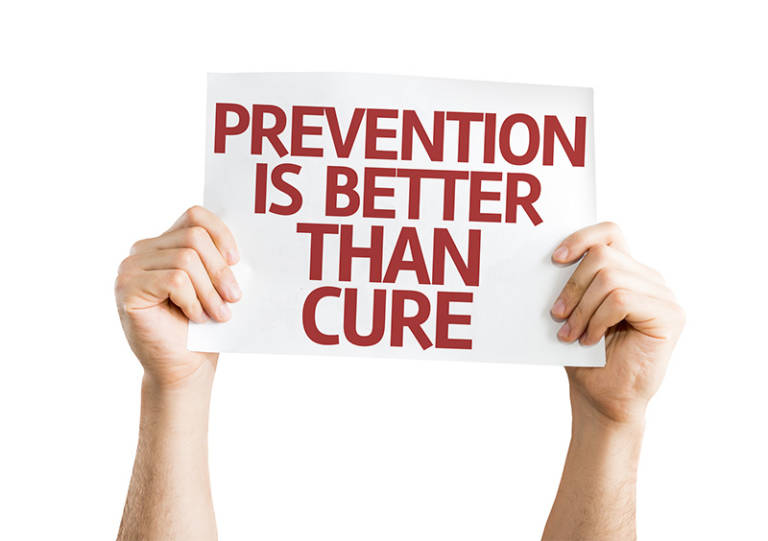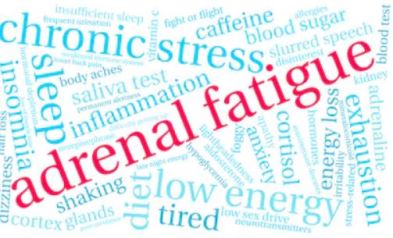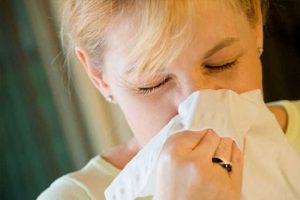Essential Oil Safety First Details
Detailed Safety Information
We believe there isn’t any condition – physical, mental, or spiritual that cannot be affected by essential oils. Many of our clients have heard us say, “There is a great oil for that!”
It is important to remember that pure essential oils are highly concentrated extracts; 75 to 100 times more concentrated than dried herbs. While essential oils are natural products, it is still necessary to follow certain precautions when using them. They are powerful “medicine!”
You will find a detail description or precautions of any particular safety issues related to the specific essential oil in the description.
The following are general guidelines to follow. Of course, if you have any questions, it is important to consult a qualified Certified or Clinical Aromatherapist or a medical professional who has experience with essential oils.
Pregnancy
There are many essential oils that have been listed as dangerous to use during pregnancy. According to Robert Tisserand, essential oils that do not have any known safety concerns can be used at 1% during pregnancy and externally. Rhiannon Harris suggests that no essential oils should be used during the first trimester, so it is best to keep use to a bare minimum during this period. Pregnancy is a very delicate time for both mother and fetus so we believe that essential oils should be used cautiously during pregnancy and breastfeeding under the guidance of a Certified or Clinical Aromatherapist or your doctor.
Epilepsy/Seizures
The following essential oils should not be used with anyone suspected of being vulnerable to epileptic seizures: Camphor (Cinnamomum camphora), Fennel (Foeniculum vulgare), Hyssop (Hyssop officinalis), Rosemary (Rosmarinus officinalis), Lavandin (Lavandula x intermedia), White Sage (Salvia apiana), Fennel (Foeniculum vulgare) True Sage (Salvia officinalis), Clary Sage (Salvia sclarea), Spike Lavender (Lavendula latifolia), Thuja (Thuja occidentalis), Mugwort (Artemisia herba alba), and Wild Tansy (Tanacetum vulgare).
High Blood Pressure
Some essential oils are stimulating and may increase circulation. Some of these essential oils are Camphor (Cinnamomum camphora), Hyssop (Hyssop officinalis), Rosemary (Rosmarinus officinalis), and Spike Lavender (Lavendula latifolia). Although, there is no evidence that these particular essential oils raise blood pressure.
Photo-toxicity
Photo-toxicity is a toxic reaction provoked by light. The following essential oils can cause a phototoxic reaction on the skin. All cold pressed citruses; Grapefruit (Citrus paradisi), Lime (Citrus aurantifolia), Lemon (Citrus limon), with the exception of Sweet or Blood Orange (Citrus sinesis), Bergamot (Citrus bergamia), Angelica Root (Archangel angelica), Lemon Verbena (Lippia citriodora), Tagetes (Tagetus minuta) and possibly Oppopnax (Commiphora guidotti) are photo toxic, therefore exposure to natural sunlight or tanning beds must be avoided for at least 12 hours after application. These essential oils applied at any dilution will likely increase the chance of severe burns from ultraviolet light.
Note: any cold-pressed citrus oil can be photosensitizing, but steamed distilled citruses are not.
Neat Usage
When essential oils are used “neat” this refers to essential oils used undiluted on the skin. Essential oils can be used neat for specific situations, but if essential oils are to be used daily and long term, they oils should be diluted to the appropriate concentration. (Please see Application and Dilution section) Use essential oils neat under the guidance and direction of a Certified or Clinical Aromatherapist, or your physician.
Internal Use
Essential oils should only be taken internally after receiving a detailed consultation and prescription from a trained and qualified Aromatherapy Practitioner.
Children, Elders, and those with Serious Health Conditions
Essential oils should be diluted to a maximum of 1% ( 5- 6 drops per 1 oz of carrier oil or crème). Keep all essential oils out of the reach of children; they can be poisonous if swallowed.
Babies and young children
Avoid using essential oils on babies and children less than 5 years of age. Use aromatherapy on children older than 5 years with caution.
Animals
Never ever use essential oils on the fur or skin of animals. To use essential oils on animals, you must be directed by a veterinarian who has training in aromatherapy.
Eyes and Mucous membranes
Keep essential oils away from eyes and mucous membranes, and any other orifice of your body. If essential oils do make contact with these areas, flush immediately with a carrier oil…Not water.
Allergies and Sensitivity
People who have allergies to perfumes should proceed cautiously with essential oils.
Storage
Essential oils must be stored in dark, airtight, glass bottles because exposure to light, oxygen, and heat causes chemical changes in the oil over time. Please store in a dark place and under 25-30 degrees
Please Note: For quality assurance in medicinal/therapeutic blending the GC/MS (Gas Chromatography Mass Spectrometry) technology is used to assure the purity of each essential oil. GC/MS also tells us the exact chemical makeup of each oil. This information is absolutely necessary for medicinal/therapeutic blending and for quality assurance by clinical aromatherapists.
DISCLAIMER: This information is provided purely for informational purposes only, and does not in any way purport to be medical or prescriptive suggestions. Any reference to medicinal or health benefits is not meant to treat or diagnose any problem and is not meant to replace professional medical advice and should not take the place of any prescribed medication that has been prescribed by a physician







